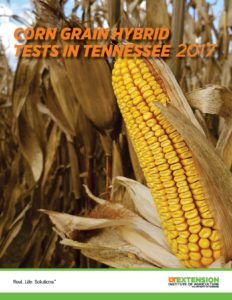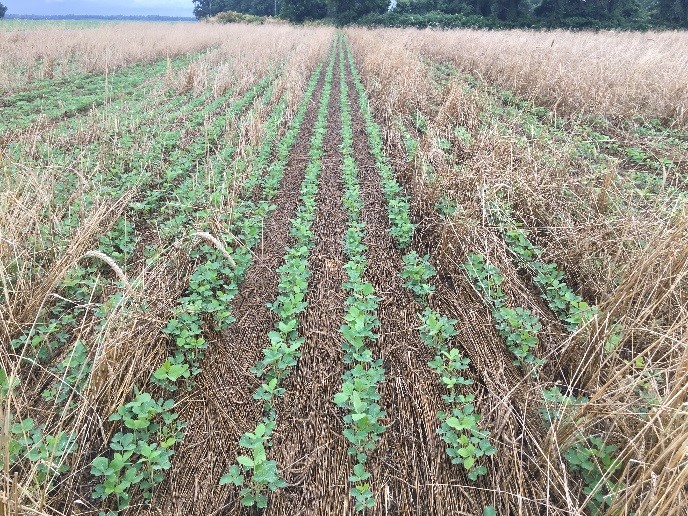 In addition to the East, Middle and West TN Grain Conferences and the Cotton Focus event, UT Extension is hosting a series of meetings to be held throughout the state to prepare growers for the upcoming season. These meetings will focus on variety selection, insect and plant disease management, weed management, and other current crop production topics.
In addition to the East, Middle and West TN Grain Conferences and the Cotton Focus event, UT Extension is hosting a series of meetings to be held throughout the state to prepare growers for the upcoming season. These meetings will focus on variety selection, insect and plant disease management, weed management, and other current crop production topics.
Below is a list of the production meetings to be held in January and February. Please contact your local UT Extension office for more details on time and location. Continue reading




